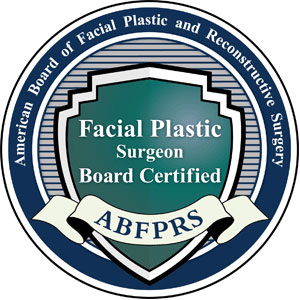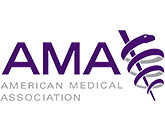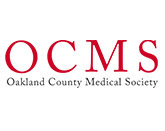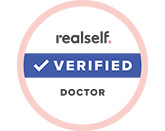Chemical Peels
CONVENIENTLY LOCATED TO SERVE TROY,
BLOOMFIELD AND DETROIT
Youthful skin begins at home with a good skin care regimen. This can go a long way to soften wrinkles, hydrate the skin, smooth texture, and fade discolorations. Skin care products are discussed in more detail here, and all products are available in the office. For patients with severe sun damage and advanced skin aging these products will simply not obtain the youthful glow. That is where facial resurfacing becomes useful.
Patients with advanced skin aging need to remove the old and start fresh with a new surface layer of skin. There are many methods available to accomplish this goal including chemical peels, lasers, and dermabrasion. Each has its advantages and disadvantages, but the basic concept is to remove varying depths of the dead and pigmented skin and to provide the skin the optimal environment to heal itself naturally. This process requires meticulous care for your skin before, during and after it has healed; but following the care routine can yield astounding results.
Thanks for the great job you did on me. May the good Lord continue to bless you!
– T.C.
Before & Afters
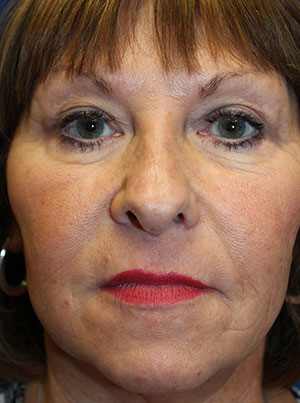
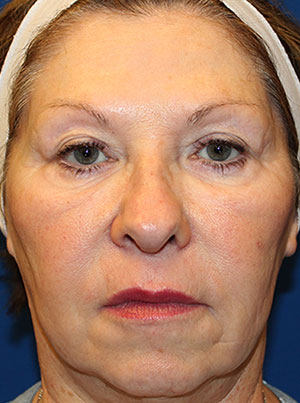
This patient underwent an in office non-surgical rejuvenation with a combination of strategically placed fillers and a medium depth chemical peel.
Facial peels begin by thoroughly cleaning and degreasing the skin. A chemical solution is then applied to the skin of the face and/or neck that penetrates the layers of the skin. The active ingredient in the solution causes the outermost layers of skin to gently peel off the damaged layers of skin. The depth of the peel depends upon the solution’s active ingredient and concentration. This can be from a exfoliation with an alpha-hydroxy acid (found in over-thecounter products), a light peel with glycolic acid, medium depth with trichloroacetic acid (TCA) or deep phenol peel.
Exfoliation – Alpha hydroxyl acid (AHA), a naturally occurring acid found in fruits and other foods, can be found in very low concentrations in most over-the-counter facial peels. Due to the small amount of AHA, the penetration into the skin layers is topical in nature and the effects are minimal.
If your skin is just beginning to show the wear and tear of smoking, sun exposure or age, then you may want to consider using at home skin care products with higher amounts of alpha hydroxy acid that can reach the underlying skin layers. These products, including cleansers, moisturizers, creams and peels, are only available through a physician’s office and are comparable to department store prices at $25 – $115.
Light Peels have proven to be effective in treating dry skin, acne, liver or sun spots, and for diminishing fine facial wrinkles, decreasing pore size, and improving skin texture. Light peels are usually performed in a series of six to eight peels with each peel two or three weeks apart. This type of peel leaves the skin with a red glow that lasts only for a day or two. It is important to note that multiple light peels will not yield the same results as a medium depth or deep peel.
Glycolic Acid Peels are considered light peels and are performed in the physician’s office. Results depend upon the concentration of glycolic acid used, but are similar to those achieved with a prolonged use of Retin-A™, without the side-effects. While physicians use a 70-99% concentration of glycolic acid for this type of peel, aestheticians are limited to using a 40% concentration. A glycolic acid peel improves mild blotchiness, removes layers of dead skin and gives the skin a youthful radiance.
The purpose of a chemical peel is to improve and smooth the texture of the facial skin by removing its damaged outer layers. This works well for uneven skin pigmentation, facial blemishes, fine lines and some types of wrinkles. Chemical peels may also remove precancerous skin growths, and soften acne facial scars.
The optimal peel for you will depend on your skin type, skin tone and texture, including the issues that you would like to correct. At a private consultation with Dr. Compton your problem areas will be determined and the best plan of care will be discussed.
The course of four treatments at Dr. Compton’s office costs $400-$450 and the sessions are scheduled in two week to one month intervals for the best results. At first, the skin will look mildly sunburned, but there is no loss of work due to this enhancement. Glycolic peels can be used on a portion of or the entire face.
Your Chemical Peels will be performed by Dr. Andrew Compton at Royal Oak Beaumont Hospital, West Bloomfield surgery center or in his office in Troy.
Medium Peels have the same type of benefits as light peels, but because of deeper penetration into skin layers, they can remove larger wrinkles and precancerous skin lesions. These peels most often involve the use of Trichloroacetic Acid (TCA), which can cause the skin to look as if it has had a severe sunburn for approximately five-to-seven days. There is a one-week recovery time for this procedure. These peels are performed only once a year.
TCA Peels are performed in the office with local anesthesia for your comfort. This peel is used to revive dull, weathered skin, refine skin texture and smooth or soften fine wrinkles. It has the added benefit to even out skin tones and improve mild acne scarring. A single treatment is sufficient to remove fine lines and dramatically improve skin tone, color and freshness. A TCA peel can be used for the entire face or on select areas. A TCA peel performed by Dr Compton in the office will cost $1,000.
In certain medically related cases, health insurance may cover the cost of the peel procedure. Please examine your policy and contact your insurance company before the procedure is performed.
Deep Peels have the greatest effect and can truly transform a patients appearance. It is appropriate in a patient with deep wrinkles and severely sun damaged skin. This would be performed in the OR for patient comfort and for appropriate cardiac monitoring. These are rarely done due to the prolonged recovery time of 2-4 weeks and the severe amount of facial edema experienced during the first 1-2 weeks. While the results are dramatic, the edema and recovery time are even more so. I typically do not recommend these peels.


